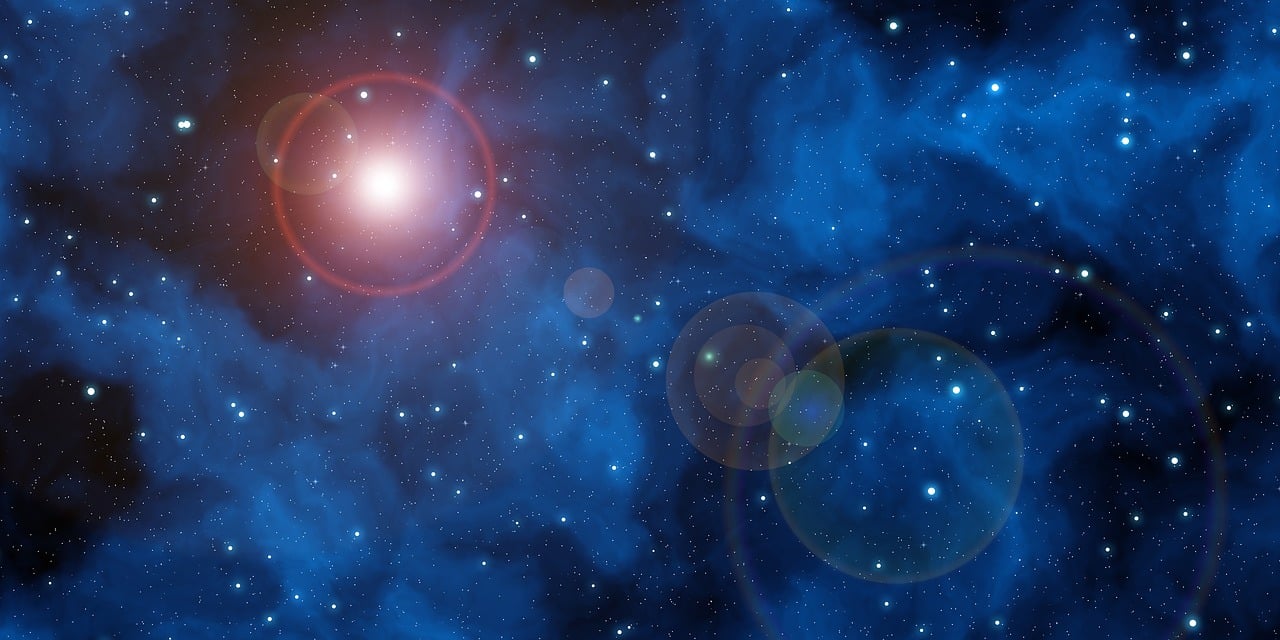A researcher felt inspired after movie and TV shows streaming services like Netflix and Hulu and developed a new planet searching algorithm which focuses on surveying the sky for stars that could host other planets.
The researcher at Southwest Research Institute developed a new algorithm which can look for new stars that host large, Jupiter-like planets outside the solar system. The algorithm can smartly identify stars that have a high likelihood of hosting large exoplanets. The parameters she used on the new planet searching algorithm include compositions of stars which are normally known to host planets.
“My viewing habits have trained Netflix to recommend sci-fi movies I might like—based on what I’ve already watched. These watched movies are like the known star-exoplanet systems,” Dr. Natalie Hinkel, a planetary astrophysicist at SwRI said in a statement. “Then, the algorithm looks for stars with yet-undetected planets—which are comparable to movies I haven’t watched—and predicts the likelihood that those stars have planets.”
Stars can be recognized through advanced equipment because the composition of the star can determine what kind of planets will be surrounding the star. Jupiter-sized giants are common in stars with special composition. While researchers use spectroscopy most of the time to identify new stars, the new approach can predict planets based on the elements that are found in the stars.
“We found that the most influential elements in predicting planet-hosting stars are carbon, oxygen, iron and sodium,” Hinkel said. “The funny thing was that we were not expecting sodium to be a key ingredient for predicting a planet. But it must be an important link between stars and planets, because it kept popping up, even when looking at different combinations of elements.”
To provide training for her new planet searching algorithm, Hinkel used the Hypatia Catalog, a database she developed of the stars. It’s the largest database of stars and their elements for those within 500 light years away from the Sun. There’s data for 6,193 stars, of which 401 are known to host planets. There are also 73 star elements catalogued, from hydrogen to lead. The algorithm was trained on more than 4,200 stars, to determine their likelihood of hosting planets, based on the elements they contain. Hinkel also considered different combinations of those elements to see how the algorithm was affected.
Hinkel explained that the algorithm so far is reliable and that “we don’t have any true-negatives in our data—that is, stars that we know don’t have planets—so we ‘hid’ some known planet-hosting stars in the data to see what their prediction score would be like. On average they scored more than 75 percent, which is great! That’s probably a higher average than me liking the sci-fi movies Netflix picks for me.”
The new planet searching algorithm which was described in The Astrophysical Journal, and currently available on arXiV, could be used to revolutionize selections for target stars, and use for future research to see how stellar elements affect the creation of giant planets.





